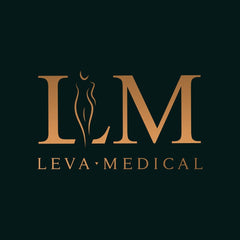Fat Grafting - Hand Rejuvination
Hand rejuvenation is a popular cosmetic treatment that is especially appealing to those who wish to restore a more youthful appearance to their hands without undergoing surgery. Additionally, the treatment is quick and requires little to no downtime, making it an ideal option for busy individuals.
If you are interested in hand rejuvenation, it is essential to consult with a qualified and experienced cosmetic surgeon who can help you determine the best treatment options for your unique needs. With the right treatment plan, you can achieve a more youthful, rejuvenated appearance that will help boost your confidence and enhance your overall well-being.

